The Storm Skiing Podcast is sponsored by Spot and Mountain Gazette - Listen to the podcast for discount codes on subscriptions and merch.
Who
Rick Schmitz, Co-Owner of Nordic Mountain, Little Switzerland, and The Rock Snowpark, Wisconsin
Recorded on
February 7, 2022
Why I interviewed him
Because no one cares about small ski areas. At least that’s the conclusion you can come to if, like me, you lurk amid the If-It’s-Not-A-Redwood-It’s-Deadwood Size-Matters Bros that animate Facebook ski groups. Take, for example, the incisive observation of one Mr. Forrest Michael Culp to my announcement in the Colorado Ski and Snowboard group that Sunlight had joined the Indy Pass:
“Looks boring”
Does it?
“I’ll have to try it just don’t like small mountains / short runs”
Sunlight has a 2,000-foot vertical drop and sits on 730 acres. Its summit lift is 7,260 feet long – nearly a mile and a half. The ski area is larger than Aspen Mountain or Sugarbush. If this dude thinks Sunlight is small, then my guess is he’s driving one hell of a pickup truck.
If Mr. Culp looks down on Sunlight, I wonder what his opinion would be of Rick Schmitz’s trio of Wisconsin bumps: 265-vertical-foot Nordic Mountain, 230-foot The Rock Snowpark, and 200-foot Little Switzerland?
It really doesn’t matter. What interested me was why someone had built a mini-conglomerate of such ski areas, and how he had transformed them into what were by all accounts highly successful businesses.
Turns out that small ski areas are cash registers on an incline. At least if you do it right. My first tip-off to this was my podcast interview last year with current Granite Peak and former Mad River, Ohio General Manager Greg Fisher. He described a frantic 12-week season of 12-hour-plus days, a Columbus-area bump mobbed by school kids, teenage parksters, and Ohio State party people, an absolute tidal wave for the brief winter. And 300-foot Mad River is hardly a special case – mountainvertical.com counts at least 42 ski areas with 300 vertical feet or fewer across the United States, and I know of several dozen more not inventoried on the site. My guess is that around 20 percent of America’s 462 active ski areas fit into this micro-hill category.
Not all of them are great businesses – many of them, especially in New England, barely scratch out a dozen operating days in a good year and are run mostly by volunteers. But Schmitz’s hills are great businesses. This was not pre-ordained. When Schmitz bought Nordic Mountain in 2005 at age 22, the ski area had lost money in each of the previous five seasons. Little Switzerland had been closed for five years when he and his brothers hooked up the respirator and saved it from an alternate future as a real-estate development. And The Rock Snowpark sat mostly ignored among an entertainment megaplex outside Milwaukee for years before Schmitz stepped in as operator.
Schmitz turned them all around. Adding a twist to the story, Schmitz for several years ran Blackjack, a 638-vertical-foot romper in Michigan’s Upper Peninsula that averages more than 200 inches of snow per year. He learned, he told me, that “the better ski hill is not always the better business.” He sold his stake in the UP bomber several years ago and has been focused on his Wisconsin resorts ever since.
Yes, small ski areas are vital to the health of the industry, as incubators of future I-70 vacationers and Whistler cliff-jumpers who hone their aerials with endless ropetow park laps. Yes, they are vital community gathering places that transform brutal winter from endurance test to celebration. Yes, they provide a humbling reprieve for the EpKon hoppers who’ve become enamored with high-speed terrarium lifts that each come with their own raccoon or marsupial for your personal entertainment.
But that’s not all they are. They’re also, with the right leader, damn good businesses. I wanted to find out how.
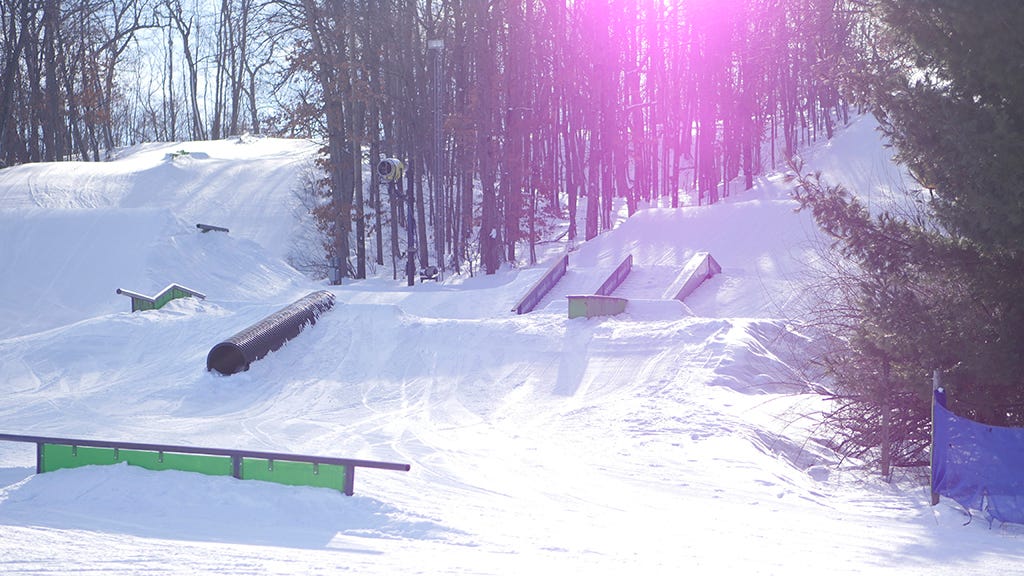
What we talked about
Keeping the momentum from last year’s Covid outdoor boom; how often the owner of three ski areas skis; the intensity of working the short Midwest dawn-to-dusk ski season; growing up in a middle-class ski family and how that sets the culture for Schmitz’s ski areas today; balancing affordability with rising costs; how Schmitz came to own Nordic Mountain at age 22 as a flat-broke business student; how to ignore the haters when you’re taking a risk; how someone who’s never worked at a ski area learns how to run a ski area that he’s just purchased; why snowmaking has to come before everything and why that means much more than just guns; the evolution of Nordic Mountain from a run-down, barely-break-even operation in 2005 to a successful business today; how Schmitz became part-owner and manager of burly Blackjack, Michigan; why the better ski hill is not always the better business; why Michigan’s Upper Peninsula is the bomber sweet spot of Midwest skiing; how Schmitz bought and re-opened Little Switzerland, his childhood ski hill; “you don’t hire someone to do something you can do yourself”; why Schmitz ultimately sold Blackjack and focused his efforts on his smaller Wisconsin ski areas; why small ski areas fail; how Little Switzerland nearly became a real estate development and what saved it from the bulldozer; what remained after Little Switzerland sold itself off for parts and how Schmitz and his family got it running again after a five-year closure; assembling a ski-area staff from scratch; the incredible value in a name; a deep look at Little Switzerland’s antique up-and-over Riblet doubles, which each serve both sides of the ski area:
How Schmitz came to run The Rock Snowpark; “the model is people, population, and location, location, location”; the enormous challenges required to reinvigorate the ski area; why Schmitz replaced a chairlift with a high-speed ropetow; the vastly different personalities of Schmitz’s two Milwaukee-adjacent, 200-ish-vertical-foot bumps; “our ultimate goal is to change peoples lives with the sport of skiing or snowboarding”; Milwaukee as a ski market; the importance of night-skiing in the Midwest; a wishlist of upgrades at all three ski areas; new buildings incoming; whether Schmitz would ever buy another ski area; why he no longer believes every ski area can be saved; why Schmitz’s three ski areas require an upgrade for a multi-mountain pass; and why all three ski areas joined the Indy Pass (and why The Rock held off on joining).
Why I thought that now was a good time for this interview
When Indy Pass debuted in 2019 with a selection of Wisconsin ski areas, I thought Little Switzerland and Nordic Mountain were odd choices. After all, the state has a number of well-appointed 500-ish footers with robust trailmaps: Devil’s Head, Cascade, La Crosse, and Whitecap. Granite Peak – which Indy later added – towers over them all at 700 feet. In general, Indy was aiming for tier-two resorts like Brundage or Berkshire East or Black Mountain – good-sized ski areas that were just a little less well-capitalized and a bit smaller than the corporate big boys in their neighborhoods. What was with the Wisconsin molehills?
The molehills, as it turns out, are run by one of a new generation of ski area operators that is aggressively reshaping what a ski area is and how it should operate. Schmitz is the Midwest version of Jon Schaefer, the second-generation owner of Berkshire East who is one of the most original minds in American skiing. I first read about him in Chris Diamond’s Ski Inc. 2020, as a case study of how regional mini-conglomerates were quickly becoming an alternate model for a sustainable skiing future. When I asked Indy Pass founder Doug Fish which of his partners would make a good podcast interview, Schmitz was among his top suggestions.
Good call. This was one of my favorite podcast conversations yet. There’s a reason it’s nearly two hours long. Schmitz has a lot of ideas, a ton of positive energy, and an incredibly captivating backstory. Even if you have no interest in Midwest skiing, I’d encourage you to check this one out. Hell, even if you have no interest in skiing whatsoever, you ought to listen. Schmitz’s story is one we can all learn from, an inspiring lesson in how to chase and create a fulfilling life, how to cede your dreams with grace when they don’t work out, and how to ignore the negative people around you and make the improbable into the inevitable. It sounds clichéd, but everything he talks about really happens, and it’s powerful stuff.
Why you should ski Little Switzerland, Nordic Mountain, and The Rock Snowpark
In my relentless romp around the ski world, I’ve come to appreciate the salutary effects of small ski areas. The energy at a place like Killington or Sunday River or Steamboat or Snowbird is infectious, the terrain amazing, the sheer scale impossible, mesmerizing. However, a good ski season, for me, is like a good movie. It can’t all be tension and drama. It needs some levity, some lulls, some unexpected and novel moments. At Snowbird I feel the need to throw myself through vertical forests over and over again. I’ve been there 10 times and have never skied Chip’s run or any other blue unless I was traversing or funneling down to a lift. The place is a proving ground, rowdy and relentless. To cruise Snowbird groomers is a waste, like going to Paris and eating at McDonald’s.
But sometimes I do just want to cruise. Or do fast laps on a modest pitch with big fast turns. Or lap a subdued terrain park and take a little air. Just ski without stress or expectation or the gnawing sense that I need to challenge myself.
Enter small ski areas. Skiing this year at Nashoba Valley or Mount Pleasant or Cockaigne or Sawmill or Otis Ridge was delightful. Relaxed skiing. No pressure to burrow into the hard stuff because there is no hard stuff. Cruise along, enjoy the forest, find interesting lines and side hits. Then I would go to Smugglers’ Notch and ski stuff like this:

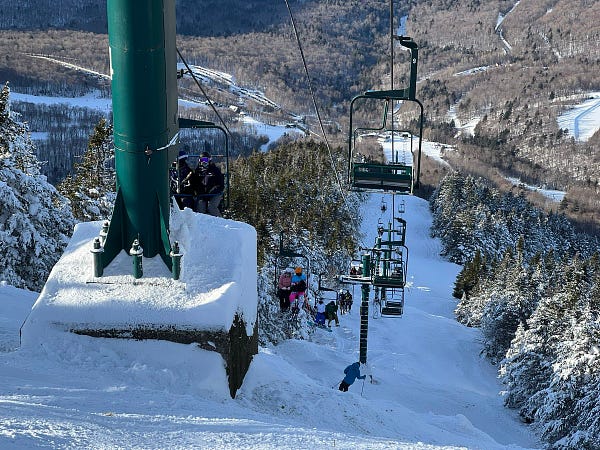
Balance.
Another rad thing about small ski areas: they tend to be close to lots and lots of people, including, likely, you. And since the season passes tend to be inexpensive, you can tack one onto your EpKon Pass and crush night turns after work for an hour or two. Who cares if it’s only 200 feet of vert? Do you drink 12 beers every time you crack one open? Sometimes one or two is enough, and sometimes a few laps on a bump is enough to get your fix between weekend runs to Mount Radness. If I lived in Milwaukee, I can guarantee you I’d own a Granite Peak season pass and one at one of the eight local bumps orbiting the city.
As far as skiing these ski areas, specifically, Schmitz lays it out: Little Switzerland draws families, The Rock is the spot for park laps. Nordic is a bit farther out, but if you live anywhere nearby, the pass is a no-brainer: seven days a week of night skiing. Hit it for a couple hours two or three nights per week, and suddenly skiing isn’t something you do when you can get away – it’s your gym, your zone-out time. It’s part of your routine. Something you do, and not something you wait for.
More Little Switzerland, Nordic Mountain, and The Rock Snowpark
Lift Blog’s inventory of Little Switzerland’s lift fleet
Historic Little Switzerland trailmaps on skimap.org
Lift Blog’s inventory of Nordic Mountain’s lift fleet
Historic Nordic Mountain trailmaps on skimap.org
Nordic Mountain’s current trailmap:
Lift Blog’s inventory of The Rock Snowpark’s lift fleet
Historic Rock Snowpark trailmaps on skimap.org
The Rock Snowpark’s current trailmap:




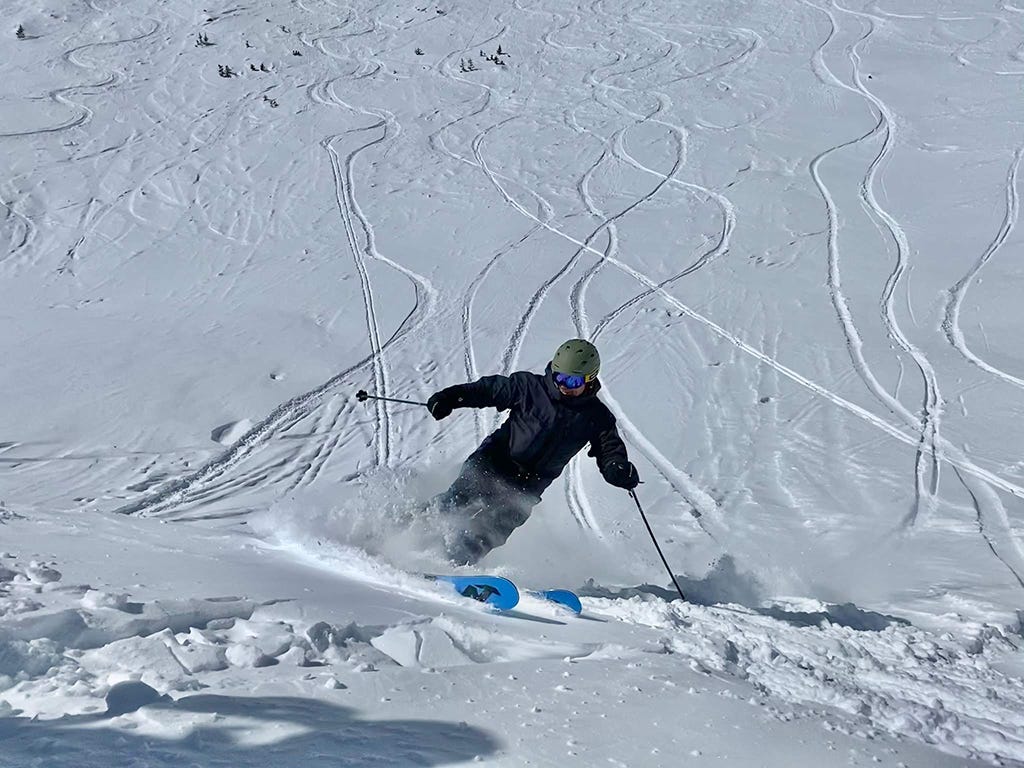

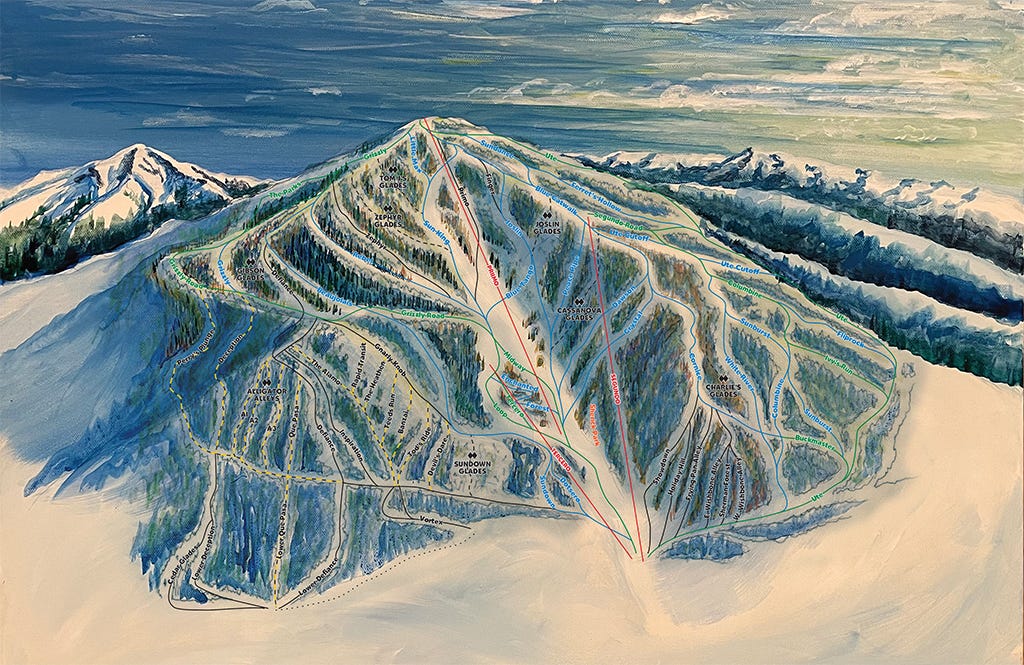


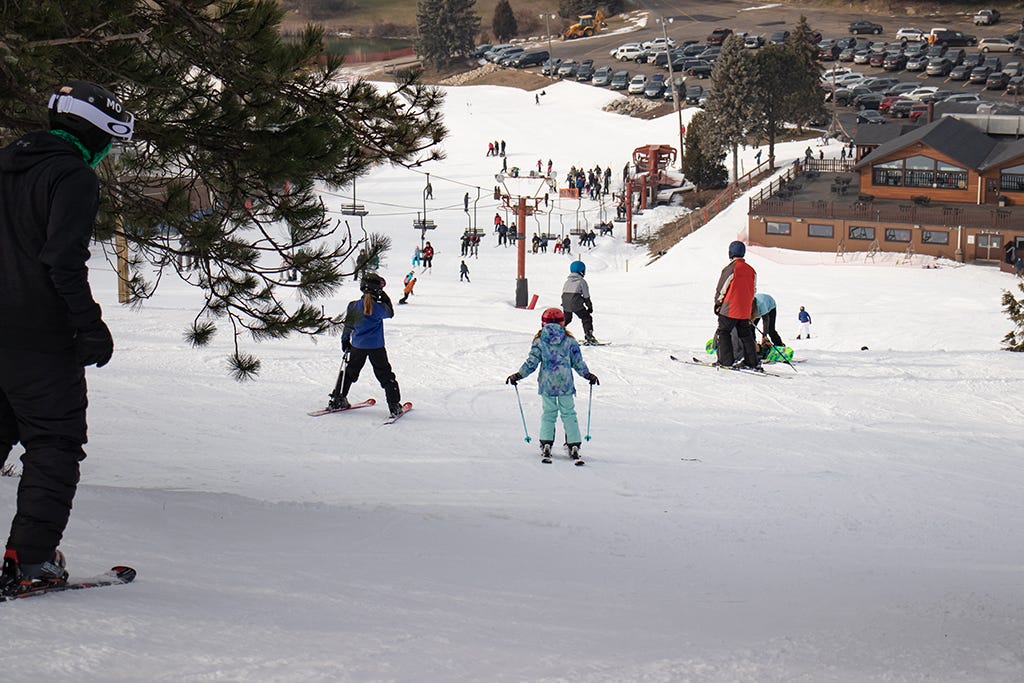

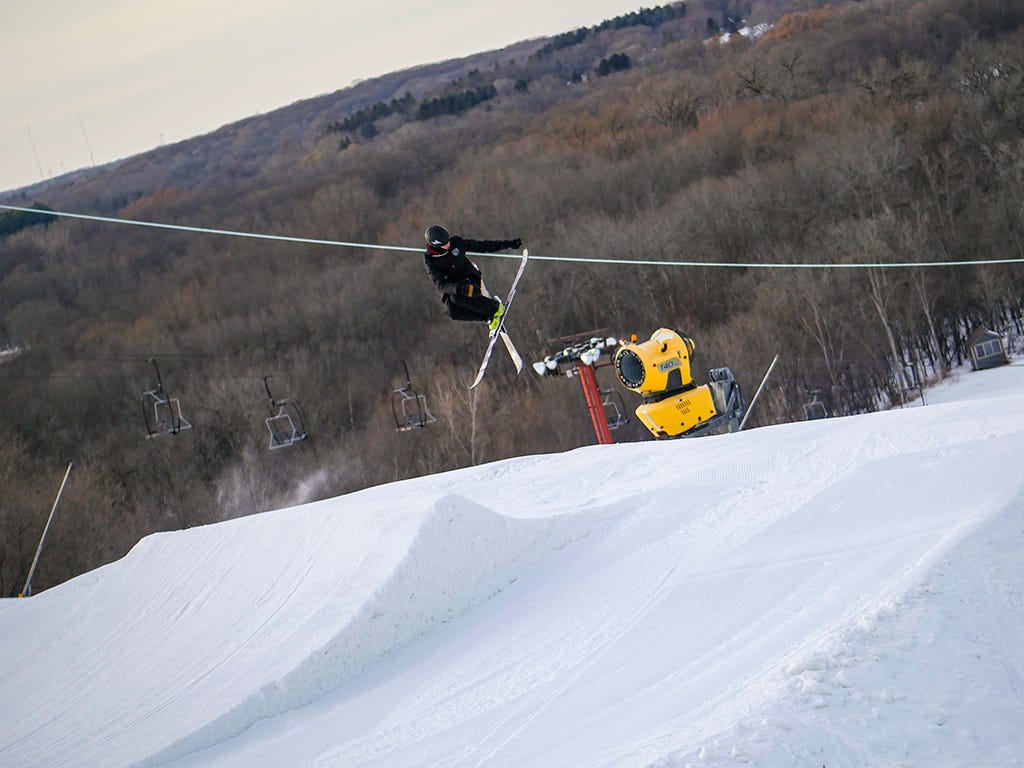
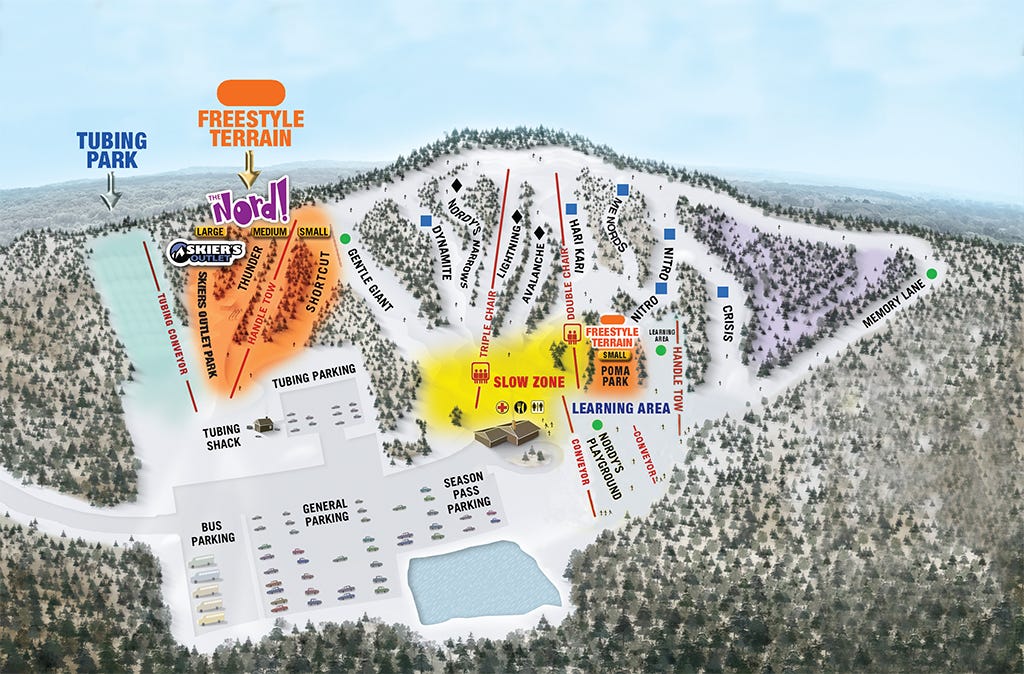
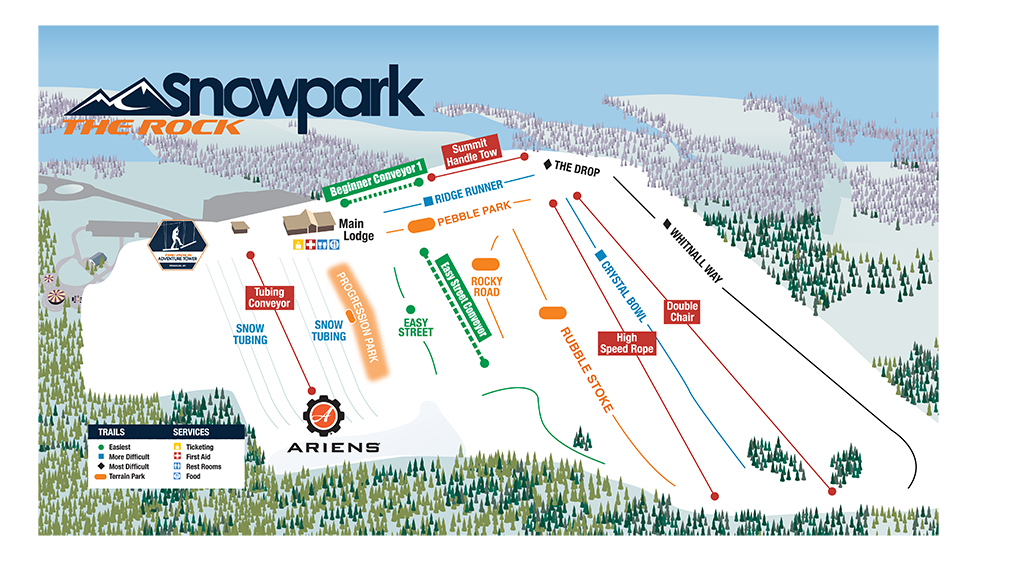







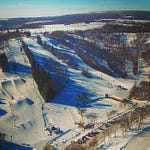


Podcast #75: Nordic Mountain, Little Switzerland, & The Rock Snowpark Co-Owner Rick Schmitz